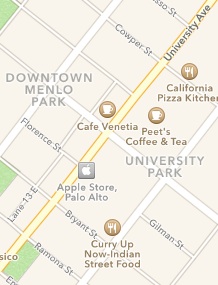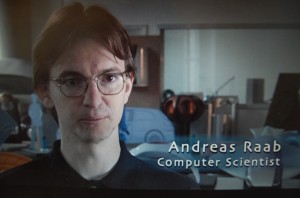 We were featured at last week’s NeuroGaming Conference in San Francisco. Philip’s presentation is the first 30 minutes of this, and right from the start it pulls you in with the same kind of fact-based insight-and-demonstration as Alan Kay’s talks. (Alas, the 100ms lag demo doesn’t quite work on video-of-video.)
We were featured at last week’s NeuroGaming Conference in San Francisco. Philip’s presentation is the first 30 minutes of this, and right from the start it pulls you in with the same kind of fact-based insight-and-demonstration as Alan Kay’s talks. (Alas, the 100ms lag demo doesn’t quite work on video-of-video.)
But everyone has their own ideas of what the metaverse is all about. This Chinese News coverage (in English) emphasized a bunch of “full dive” sorts of things that we don’t do at all. The editor also chose to end Philip’s interview on a scary note, which is the opposite of his presentation comments (link above) in which he shared his experiences in VR serving to better one’s real-life nature.











